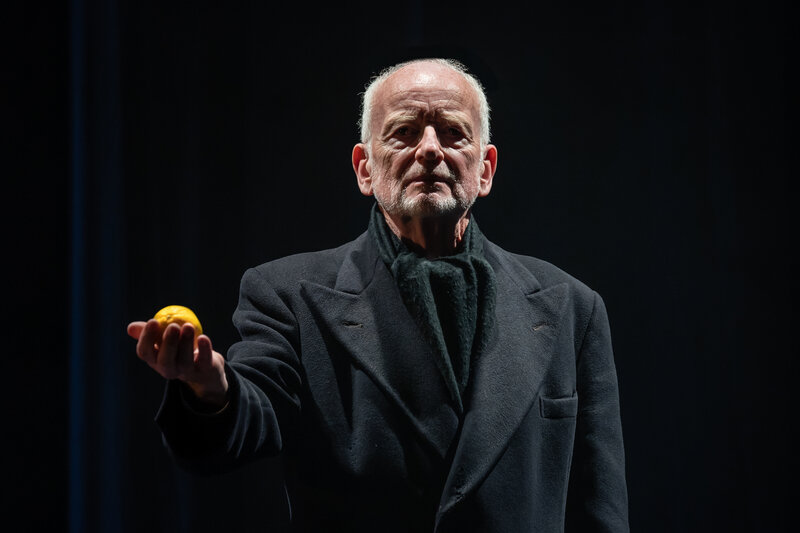Many famous faces stare at you through the ages during a visit to Walker Art Gallery’s outstanding new Tudor exhibition. Yet it is not the scheming eyes of Thomas Cromwell or the imperious poise of Elizabeth I that linger in the mind but the countenance of a man whose name I hadn’t known an hour previously: John Blanke, the ‘black Tudor trumpeter’.
Blanke’s appearance in the Westminster Tournament Roll, a 60-foot long pictorial depiction of the joust held to mark the birth of Henry VIII’s son with Katharine of Aragon in 1511, is the most famous image of a named black Tudor. The roll itself is a remarkable thing to behold. But it is later in the exhibition, with the inclusion of works from the modern day ‘John Blanke Project’, in which artists and historians imagine who this man was and what he represents, that the 500-year-old artwork gains a new a contemporary relevance that makes for a thought-provoking finale to one’s visit.
 Make no mistake: this show is not about social commentary at the expense of top-drawer art. Helped by the National Portrait Gallery’s temporary closure, which has allowed it to loan out many important works to galleries elsewhere (there are no fewer than 68 from its collection on display here), this is as high quality an ensemble of Tudor portraiture as you’re likely to see. The monarchs are all here, of course, collectively giving a powerful sense of art as propaganda in the period. There are prominent paintings of long-suffering spouses, including a portrait of Jane Seymour never previously displayed outside London, and the distinctly Wolf Hall vibe of the early rooms are only enhanced by the presence of courtiers including Thomas Moore and the aforementioned Cromwell.
Make no mistake: this show is not about social commentary at the expense of top-drawer art. Helped by the National Portrait Gallery’s temporary closure, which has allowed it to loan out many important works to galleries elsewhere (there are no fewer than 68 from its collection on display here), this is as high quality an ensemble of Tudor portraiture as you’re likely to see. The monarchs are all here, of course, collectively giving a powerful sense of art as propaganda in the period. There are prominent paintings of long-suffering spouses, including a portrait of Jane Seymour never previously displayed outside London, and the distinctly Wolf Hall vibe of the early rooms are only enhanced by the presence of courtiers including Thomas Moore and the aforementioned Cromwell.
While portraiture is at the heart of this exhibition, there are in addition to the Westminster Tournament Roll a number of heavyweight additions, including the Bacton Altar Cloth, thought to be made from a section of one of Elizabeth’s I dresses and therefore the only known surviving example of her clothing. And amid all of the old, there is a new sensibility. The Tudor dynasty is set in international context with portraits of monarchs from contemporary regimes and international ambassadors to the English court. The experiences of women and black people are foregrounded in clearly written and unpretentious information panels. Great painters and makers from a different time, seen through a sensitive eye from this. An excellent summer cultural offer for the region.
Main image: Queen Elizabeth, (c) National Portrait Gallery
 The Tudors: Passion, Power and Politics is at Walker Art Gallery until August 29, 2022 Book online here: liverpoolmuseums.org.uk/tudors
The Tudors: Passion, Power and Politics is at Walker Art Gallery until August 29, 2022 Book online here: liverpoolmuseums.org.uk/tudors












